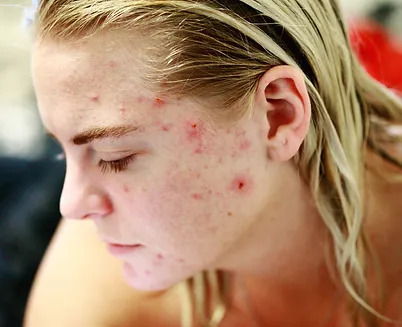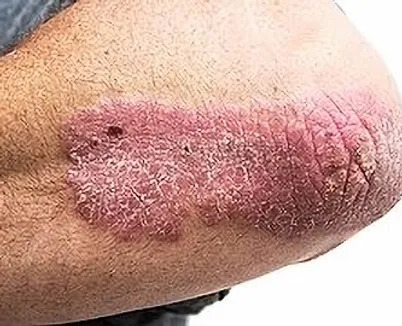
Skin Cancer
Skin cancer can present many different ways, new or changing lesions that itch, hurt, or bleed are some examples. If you have had skin cancer in the past you are more likely to develop another one.
At Live Oak Dermatology we understand the concern and fear that a new or changing skin lesion can cause, which is why this is a primary focus of our medical practice. We will make every attempt to schedule a Single Spot Access appointment with us within 2 weeks of being contacted. This brief appointment is to evaluate a SINGLE new/changing lesion of concern. If you need a biopsy, and your insurance allows it, it will be performed that same day.

Rosacea
Rosacea is the presence of chronic central facial redness. Certain stimuli like alcohol, hot or spicy foods, caffeine, and emotional stress can cause this to flush or worsen over time.

Acne
Acne is the most common skin condition in the United States. Nearly 80% of adolescents have some type of acne and 5-10% of adults. It is characterized by pimples on the face, back, and chest.

Rashes
Rashes typically present as swollen or irritated skin that may be red, itchy or painful. They can be caused by many different things so patient history is very important.

Psoriasis
Psoriasis is a chronic medical condition affecting nearly 8 million people in the United States. It commonly presents as red scaly skin which can worsen in winter. While there is no cure for psoriasis, there are many treatment options including biologics which can offer patients the clear skin they deserve.

Eczema
Eczema (atopic dermatitis), causes severe itchy skin which is scratched leading to a red, patchy, dry rash. While more common in young children, it can progress into adulthood. Eczema in older children typically is bumpy in texture and can cause skin to thicken due to itching. Depending on the severity and location of the eczema there are multiple treatment options.

Moles
Moles (Nevi/Nevus) are very common, especially on fair-skinned people. They can be tan, brown, black, pink, red, or blue. Moles are usually round but can also be flat or raised. Normal moles should look the same as you age. Abnormal moles are also known as dysplastic moles and can change in shape, size, and other features.
